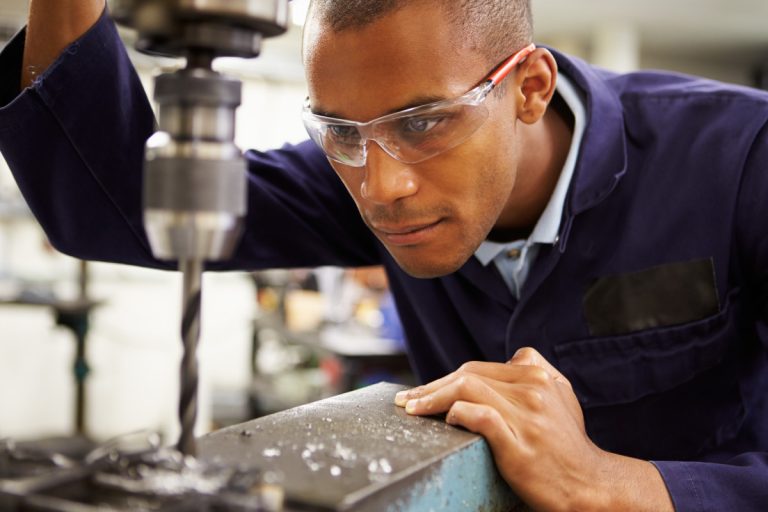Horizontal milling machines, often referred to as machining centers, have become a cornerstone in several industries. Their adaptable nature and numerous benefits have made them indispensable. But how exactly do these machines increase productivity, precision, and flexibility in machining? The Productivity Driver One of the standout advantages of horizontal milling machines is their ability to significantly augment productivity. Designed for multi-sided machining, these machines handle tasks such as face milling, pocket milling, drilling, tapping, precision boring, and contouring. Many models include automatic pallet changers, minimizing idle time by allowing continuous loading and unloading workpieces. Automatic tool changers enhance efficiency by enabling seamless tool changes during operations, reducing setup time and streamlining workflow. Machines with multiple spindles also increase output by producing identical parts in a single cycle, ensuring consistency and saving time. Used machine tools are practical solutions for companies looking to improve their operations while controlling costs. Platforms like https://www.rdmo.com offer access to high-quality used equipment, where the performance remains strong even with a lower investment compared to new machines. The operational benefits of horizontal milling machines extend to longer tool life and significant cost savings. Better workpiece handling, efficient chip removal, and the use of multiple fixtures reduce overall machining time. While tool life may not always surpass that of vertical mills, the ability to run parts for extended periods without frequent tool changes helps maximize tool usage. Precision and Safety Horizontal milling machines are known for their precision, handling tasks like cast housings and block-like components with ease, while ensuring accuracy and squareness. The inclusion of B-axis rotary tables enhances multi-surface machining, making these machines suitable for a variety of applications. The strong spindle power and rigidity of horizontal machines make them ideal for multi-axis operations, especially for projects that require working on several sides of a workpiece. With horizontal spindles, operators can also replace workpieces without stopping the machine, further boosting efficiency. Safety features, such as automated systems that minimize manual intervention, help reduce the risk of accidents. By limiting direct contact with moving parts and utilizing hoist-assisted loading, horizontal milling machines contribute to a safer working environment, especially when managing larger, more intricate parts. In multi-sided and multi-axis tasks, horizontal milling machines truly excel. Features like index tables and rotary tables allow for efficient cutting on all sides. While vertical machines can also offer 5-axis capabilities, horizontal machines provide greater rigidity and spindle power, making them better suited for more complex operations. Built for Adaptability The adaptability of horizontal milling machines is another significant advantage, particularly for industries requiring frequent changeovers. Quick setup and changeover times make these machines an excellent choice for diverse product lines or varied workpiece designs. For larger workpieces, hoist-assisted loading simplifies the handling of heavy components, especially in sectors where large, intricate parts are common. Industries like automotive manufacturing, gearbox production, oil field valve production, and axle manufacturing depend on the flexibility and precision of horizontal milling machines. Their ability to handle complex cuts ensures accuracy and consistency across a range of applications. For example, in automotive and gear manufacturing, the precision of horizontal milling supports efficient production, while in specialized areas like cannon or axle production, these machines excel in creating durable, intricately shaped components with smooth finishes. As manufacturing processes continue to evolve, could horizontal milling machines offer even greater advantages in terms of adaptability and precision?





